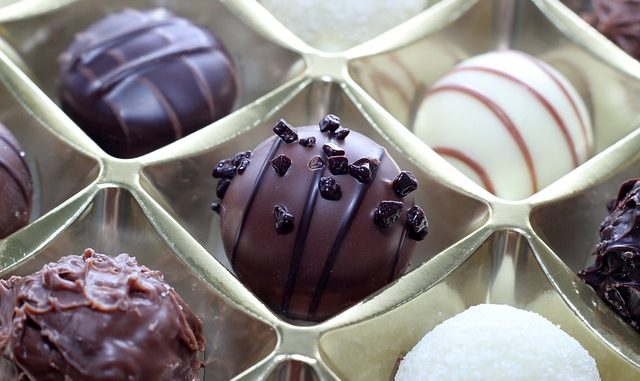
Cocoa Butter Equivalents (CBEs) are vegetable fats that are chemically and physically similar to cocoa butter. They can be blended with cocoa butter in chocolate and other confectionery products without significantly affecting the texture, melting point, or flavour of the final product. CBEs are typically derived from palm oil, shea butter, sal fat, or illipe butter. They have been used now for many years because their chemical and physical properties are so similar to cocoa butter (CB) (Samsudin and Rahim, 1996). To achieve any parity, CBEs must also crystallize in a manner similar to CB. To achieve that parity the fatty acid and ultimately glyceride composition must be similar to CB too. A number of processors can now manipulate and transform very low-cost fats and oils using enzymatic and chemical transformation, and interesterification as well judicious fractionation to obtain a suitable CBE (Tchobo et al., 2009).
The most cost effective CBEs are ones produced by enzymatic interesterification of palm oil mid-fraction (PMF) with stearic acid (Undurraga et al., 2001). There has been a similar interesterification process using tea seed oil and methyl stearate and methyl palmitate (Wank et al., 2006).
Characteristics of CBEs
Similar Melting Properties
CBEs have melting points and tempering characteristics that are close to those of cocoa butter, which helps in maintaining the desired texture and mouthfeel in chocolate products.
Compatibility
CBEs can be mixed with cocoa butter in any proportion without the risk of significant fat bloom (the whitish coating that can appear on the surface of chocolate due to fat migration).
Non-Lauric Fats
CBEs are made from non-lauric fats, which do not contain high levels of lauric acid. This makes them stable and compatible with cocoa butter.
Uses in Compound Coatings
Compound coatings are used as an alternative to real chocolate, particularly in applications where cost, ease of handling, and specific functional properties are important. These coatings use fats other than cocoa butter, such as CBEs, to provide similar characteristics at a lower cost or with improved stability.
- Cost Efficiency: CBEs are less expensive than cocoa butter, making compound coatings more economical for manufacturers.
- Improved Stability: Compound coatings made with CBEs are less sensitive to temperature variations compared to real chocolate. This makes them suitable for products that are stored or shipped in less controlled environments.
- Versatility: Compound coatings can be tailored to specific needs by adjusting the type and proportion of CBEs. This allows for customized melting points, textures, and hardness levels.
- Ease of Handling: Unlike real chocolate, which requires tempering (a precise process of controlled heating and cooling), compound coatings with CBEs can be melted and applied without the need for tempering. This simplifies the production process.
Applications of Compound Coatings with CBEs
- Confectionery: Used for enrobing candies, bars, and other sweets.
- Bakery Products: Coatings for cakes, cookies, and pastries.
- Ice Cream: Used in chocolate-flavored coatings for ice cream bars and other frozen desserts.
- Snack Foods: Coatings for nuts, pretzels, and other snack items.
By using CBEs in compound coatings, manufacturers can produce high-quality, stable, and cost-effective chocolate-flavored products that meet consumer expectations while maintaining economic efficiency.
References
Samsudin, S., & Ali A Rahim, M. (1996). Use of palm mid‐fraction in white chocolate formulation. Journal of the Science of Food and Agriculture, 71(4), pp. 483-490 (Article)
Tchobo, F. P., Piombo, G., Pina, M., Soumanou, M. M., Villeneuve, P., & Sohounhloue, D. C. (2009). Enzymatic synthesis of cocoa butter equivalent through transesterification of Pentadesma butyracea butter. Journal of Food Lipids, 16(4), pp. 605-617 (Article)
Undurraga, D., Markovits, A., Erazo, S. (2001) Cocoa butter equivalent through enzymatic interesterification of palm oil mid-fraction. Proc. Biochem. 2001;36 pp. 933–939. doi: 10.1016/S0032-9592(00)00260-0
Wang, H.X., Wu, H., Ho, C.T., Weng, X.C. (2006) Cocoa butter equivalent from enzymatic interesterification of tea seed oil and fatty acid methyl esters. Food Chem. 97 pp. 661–665.
Leave a Reply